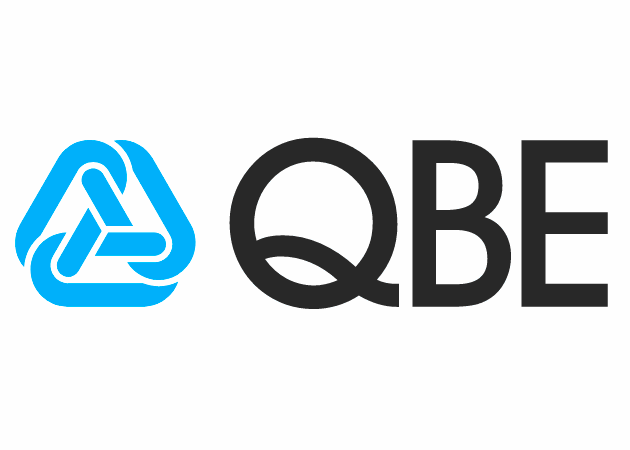QBE revises cat budget upwards after US convective storms

Australian headquartered insurance and reinsurance giant QBE said this morning that recent severe convective storm activity in the United States have created additional pressure on its catastrophe loss costs and caused it to revise its catastrophe budget upwards.
The recent severe convective storms are one of the largest sources of loss for the insurance and reinsurance industry through the first-half of 2023, with that peril dominating costs for the sector.
QBE has highlighted the impacts as severe enough to cause the company to elevate its catastrophe budget, saying that it now expects H1 2023 net catastrophe costs of around $700 million.
The company said the convective storms in June “have resulted in additional pressure on catastrophe costs”, beyond those the company had outlined back in May.
As a reminder, QBE’s reinsurance arrangements are not as likely to respond to frequency events this year, with its aggregate protection shunken and some drop-down covers not renewed for 2023.
The company also experienced an increase in retention for the United States at those reinsurance renewals, for its US divisional cover.
As a result and like many other companies underwriting primary insurance business, QBE is now likely to retain much more of the type of losses that come from severe storm activity.
Which could be a partial driver of today’s statement.
QBE has also experienced some prior year adverse development to catastrophe costs from 2022, citing around ~$140 million of adverse catastrophe loss development, plus ~$40 million of adverse development to its crop book.
While QBE is still reiterating its full-year target for 2023, with a roughly 94.5% combined ratio anticipated, that is only possible as the combined operating ratio outlook now includes a revised FY23 catastrophe budget of ~$1.33 billion, the company explained.
That’s an increase from a full-year catastrophe budget target of $1.175 billion at the end of Q1 this year.
QBE is actually a rarity for pre-announcing catastrophe loss costs this quarter, as most carriers have not done so.
It will be interesting though, as the coming quarterly results season progresses, to see whether there is evidence of greater retention of losses across those exposed to events such as the US severe convective storm activity, as well as how the reinsurance firms fare from the same events.






